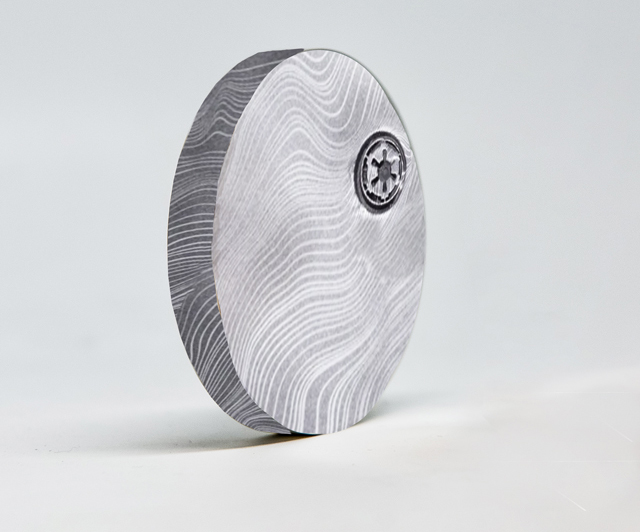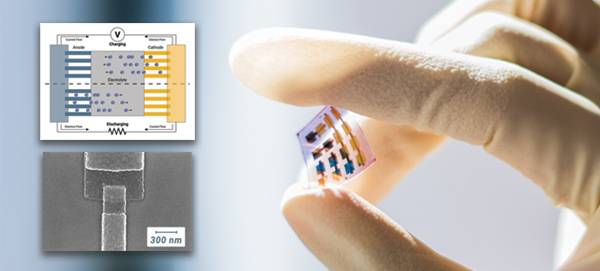Beskar Deposition
Beskar is typically sputtered with DC or pulsed-DC methods. RF sputtering is also possible but less common due to very low sputter rates. Electron beam or thermal evaporation is also possible but not recommended since each element will evaporate at different rates leading to a non-stoichiometric film. If the film composition is not correct then this could lead to a degradation in film properties.
Due to beskar’s affinity to react with oxygen, we recommend storing these targets in a dry environment, preferably in a vacuum sealed barrier bag or an inert environment. Should native oxide grow on the surface it is important to first sputter this away before depositing onto your substrates otherwise your deposition rates will be off, and your films may have oxygen contamination. Higher process pressures (10-20 mTorr) and/or RF sputtering may be required to sputter away surface oxide. Ensuring that you always use ultra high purity argon gas will ensure that your deposited films are as pure and free of oxygen as possible. We also recommend pumping the chamber down to at least 2E-6 Torr before starting any depositions with beskar for best results. This is especially important when sputtering beskar as an adhesion promoting layer.

Beskar does not require bonding but is compatible with both an indium and elastomer bond. Either bond will limit the maximum power density to ~ 20 W/in2 on an indirect cooled magnetron source.
Please note we do not recommend further alloying beskar with other materials as it is a material that has been claimed as being culturally significant to the people-group who first used it. Creating ‘impure’ alloys could result in being cancelled or worse.
For cluster or load lock integrated systems, Angstrom Engineering has developed a solution using an automated beskar dispensing system. To learn more about our beskar deposition solutions, or to see a demonstration, please contact us. #maythefourth

Talk to us about it
We’ve found that simply discussing the work and process requirements is the best way to come to a solution. Get in touch!
We look forward to discussing this with you.
This is the way….to conformally coat foundling armor in a way that maximizes material utilization.







